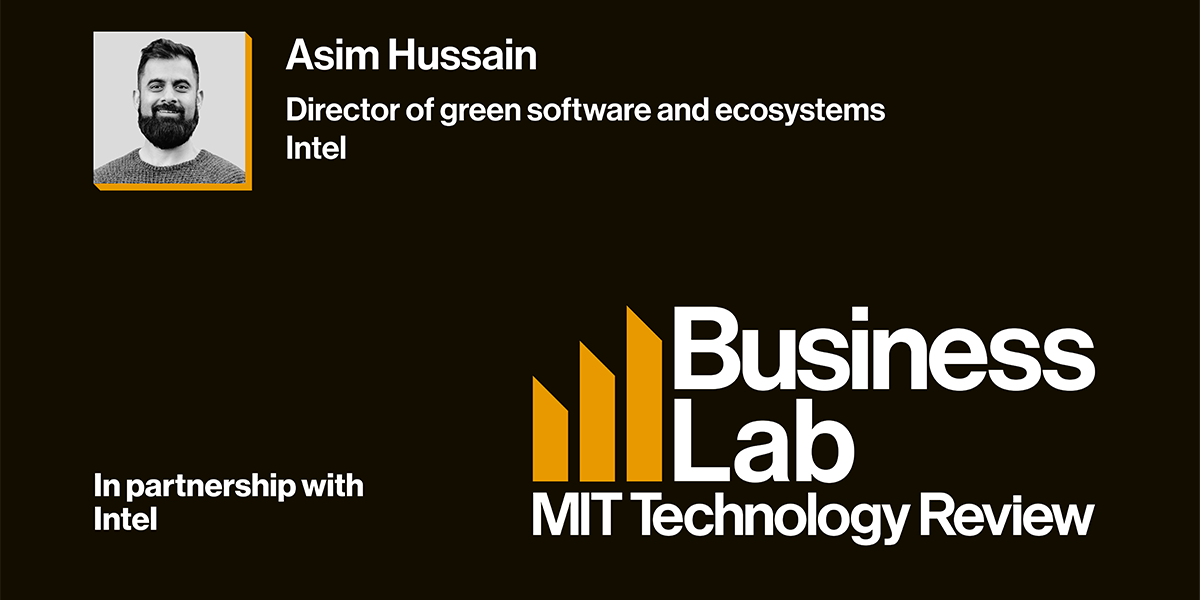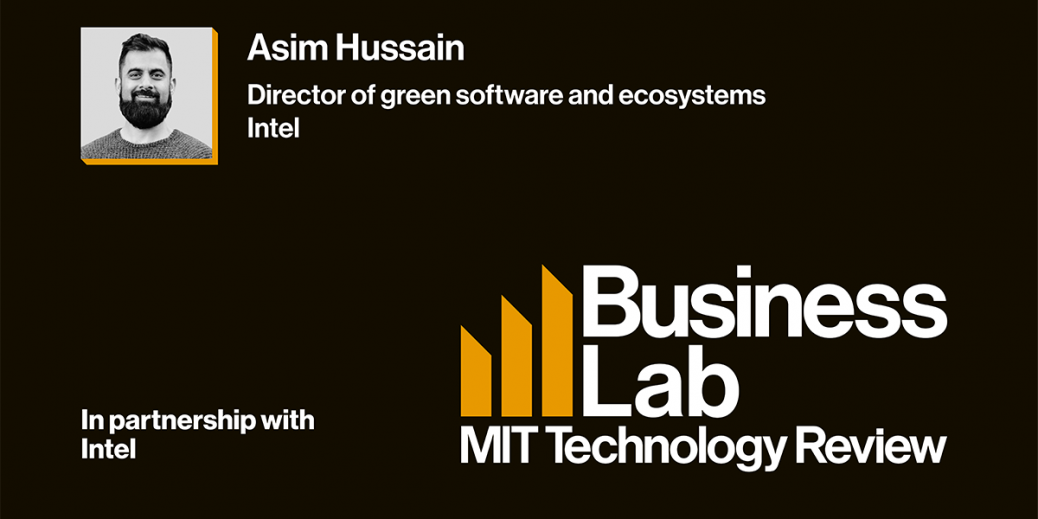
There’s several standards that we’ve been focusing on in the Green Software Foundation, one’s called the SEI, which is a software carbon intensity specification. Again, to prove it as an ISO standard, you have to reach consensus through 196 countries. So then you get even more trust into a standard so you can use it. So standards really help to build up that trust, which organizations can use to help guide them in the directions to take. There’s a couple of other standards that are really coming up in the foundation that I think are quite interesting. One is called Real-Time Cloud. One of the challenges right now is, and again always comes back to measurement, it always always comes back to measurement. Right now measurement is very discreet, it happens oftentimes just a few times a year. Oftentimes when you get measurement data, it is very delayed. So one of the specs that’s been worked on right now is called Real-Time Cloud.
It’s trying to ask the question, is it possible? Is it possible to get data that is real-time? Oftentimes when you want to react and change behaviors, you need real-time data. If you want data so that when somebody does something, they know instantly the impact of that action so they can make adjustments instantly. If they’re having to wait three months, that behavior change might not happen. Real-time [data] is oftentimes at log aheads with regulations because oftentimes you have to get your data audited and auditing data that’s real-time is very, very challenging. So one of the questions we’re trying to ask is, is it possible to have data which is real-time, which then over the course of a year, you can imagine it just aggregates up over the course of a year. Can that aggregation then provide enough trust so that an auditor can then say, actually, we now trust this information and we will allow that to be used in regulatory reporting.
That’s something that we’re very excited about because you really need real-time data to drive behavior change. If there’s anything we really need to do is to drive that behavior change, we need to drive behavior change so people actually invest their time on making software more energy efficient, more hardware efficient, or more carbon aware. So that’s some of the ways where standards are really helping in this space.
Laurel: I think it’s really helpful to talk about standards and how they are so ingrained with software development in general because there are so many misconceptions about sustainability. So what are some of the other misconceptions that people kind of get stuck on, maybe that even calling it green, right? Are there philosophies or strategies that you can caution against or you try to advocate for?
Asim: So as a couple of things I talk about, so one of the things I talk about is it does take everybody, I mean, I remember very early on when I was talking in this space, oftentimes a conversation went, oh, don’t bother talking to that person or don’t talk to this sector of developers, don’t talk to that type of developers. Only talk to these people, these people who have the most influence to make the kind of changes to make software greener. But it really takes a cultural change. This is what’s very important, really takes a cultural change inside an organization. It takes everybody. You can’t really talk to one slice of the developer ecosystem. You need to talk to everybody. Every single developer or engineer inside an organization really needs to take this on board. So that’s one of the things I say is that you have to speak to every single person. You cannot just speak to one set of people and exclude another set of people.
Another challenge that I often see is that people, when they talk about this space, one of the misconceptions they talk about is they rank where effort should be spent in terms of the carbon slice of the pie that it is responsible for and I’ll talk about this in general. But really how you should be focusing is you should be focusing not on the slice of the pie, but on the ability to decarbonize that slice of the pie. That’s why green software is so interesting and that’s why it’s such a great place to spend effort and time. It might not be, I mean it is, depending on which academic paper you look at, it can be between 2 to 4% of global emissions. So some people might say, well, that’s not really worth spending the time in.
But my argument is actually the ability for us to decarbonize that 2 to 4% is far easier than our ability to decarbonize other sectors like airlines or concrete or these other sectors. We know what we need to do oftentimes in the software space, we know the choices. There doesn’t need to be new technology made, there just needs to be decisions made to prioritize this work. That’s something I think is very, very important. We should rank everything in terms of our ability to decarbonize the ease of decarbonization and then work on the topmost item first down, rather than just looking at things in just terms of tons of carbon, which I think leads to wrong decision making.
Laurel: Well, I think you’re laying out a really good argument because green initiatives, they can be daunting, especially for large enterprises looking to meet those decarbonization thresholds within the next decade. For those companies that are making the investment into this, how should they begin? Where are the fundamental things just to be aware of when you’re starting this journey?
Asim: So the first step is, I would say training. What we’re describing here in terms of, especially in terms of the green software space, it’s a very new movement. It’s a very new field of computing. So a lot of the terms that I talk about are just not well understood and a lot of the reasons for those terms are not well understood as well. So the number one thing I always say is you need to focus on training. There’s loads of training out there. The Green Software Foundation’s got some training, learn.GreenSoftware.Foundation, it’s just two hours, it’s free. We send that over to anybody who’s starting in this space just to understand the language, the terminology, just to get everybody on the same page. That is usually a very good start. Now in terms of how do you motivate inside, I think about this a lot.
If you’re the lead of an organization and you want to make a change, how do you actually make that change? I’m a big, big believer in trusting your team, trusting your people. If you give engineers a problem, they will find a solution to that problem. But what they oftentimes need is permission, a thumbs up from leadership that this is a priority. So that’s why it’s very important for organizations to be very public about their commitments, make public commitments. Same way Intel has made public commitments. Be very vocal as a leader inside your organization and be very clear that this is a priority for you, that you will listen to people and to teams who bring you solutions in this space.






Recent Comments